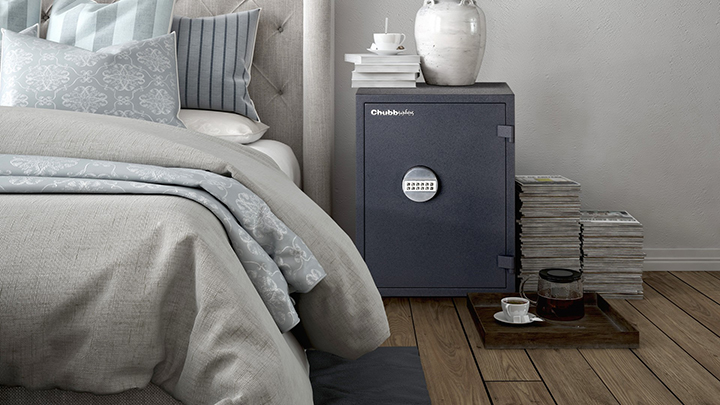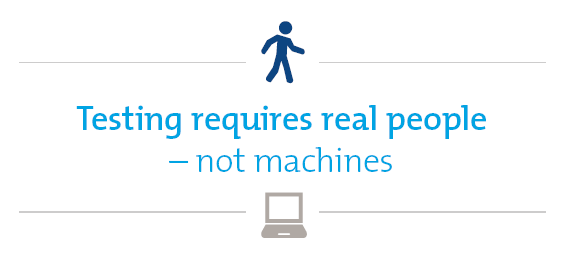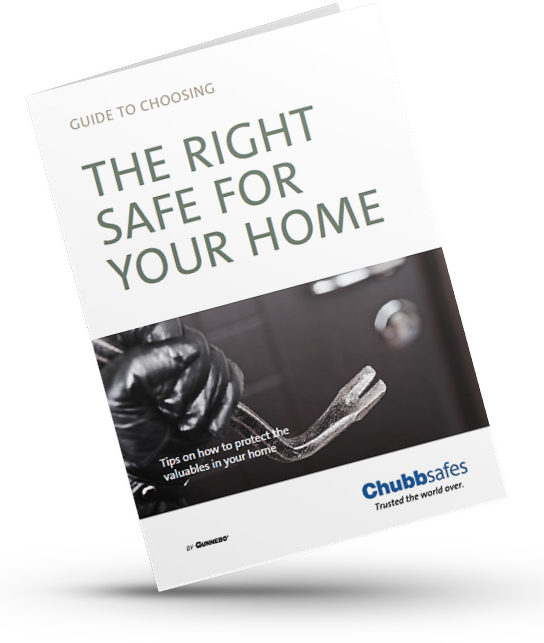
A safe sits at the heart of your home's security as a last line of defence. They rarely break down or wear out, but is your safe still doing its job? Here are 4 indicators that you should be thinking about buying a new safe.
In Europe, safes began to be graded according to a common standard around 25 years ago. Before that, there were many disparate local norms, but no agreed benchmark.
As a result, if your safe is a quarter of a century old, then you should contact your insurer. The chances are it is not certified and therefore will not be covered.
There are plenty of safes on the market that have either been inadequately tested or not tested at all.
Proper testing provides a guarantee of the level of protection a safe provides. Testing of safes is unique, in that you cannot get a machine to do it. You need real people with intelligence to attack the product.
So, make sure an accredited laboratory has been involved in the testing process.
In Europe, the European Certification Body, or ECB•S, issues EN certificates for security products such as safes and vaults. It is an independent body supported by both insurers and the manufacturers of safes.
In the US, tests are carried out directly by Underwriters Laboratories (UL) or by manufacturers, sometimes under UL’s supervision.
Some 120 companies worldwide use the ECB•S as an independent benchmark.
A safe's level of protection is indicated by its grade. For EN standards, safes are graded into eight levels of resistance from zero (0) to seven (VII).
The grading system is particularly important for insurance reasons, as the contents of a safe will only be insured for the correct value if the safe carries the appropriate grade. The amount corresponding to each grade differs from country to country, so check with your local safe supplier or insurance company for details.
If a safe has been graded, then it will have an official certification label.
To take one example, important documents are being securely stored online, so perhaps you no longer need a large safe taking up a lot of space in the corner of the room.
Modern, compact safes are still able to offer good levels of protection, despite having narrower walls, thanks to new barrier materials that are light and strong.
Safe design has also moved on in recent years, so models manufactured over the last 10 years are more likely to look good and be more ergonomic.
Advice on how to select the correct safe for your needs is available in our free guide “Choosing the right safe for your home”. It can be downloaded below.
Download our free guide and avoid the common pitfalls associated with buying a safe.

these stories on Graded safes
Copyright © 2024 Gunnebo Safe Storage AB. All rights reserved.
Let us know what you think, leave a comment!